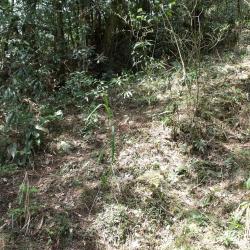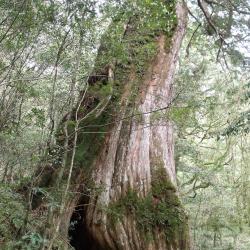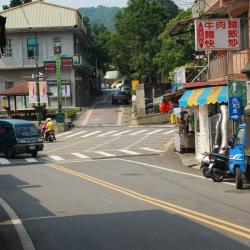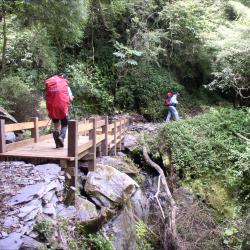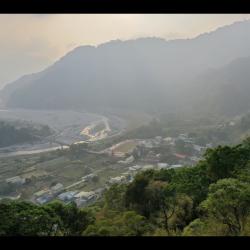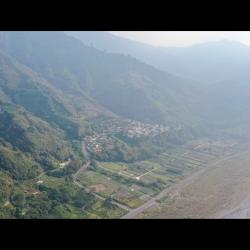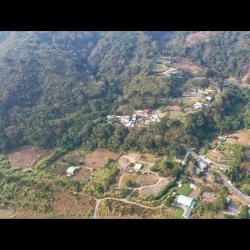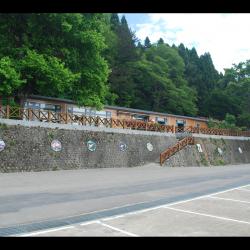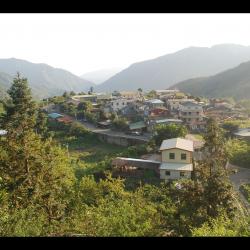The Lalashan Police Post was established in the 11th year of Taisho (1922) and abolished in June of the 35th year of the Republic of China (1946). The site is located at 11.5K of Fuba Cross-ridge Historic Trail, about 2 hours' walk from the Sacred Trees area of Lalashan. The site is a wide three-story platform. On the platform, there are abandoned hunting huts, some broken bowls and glass bottles left over from the Japanese occupation period. Many stacked stone walls can also be found around. There is a slope at the entrance of the site, which is overgrown with weeds. The image is a view taken from the historic trail to the entrance slope.
